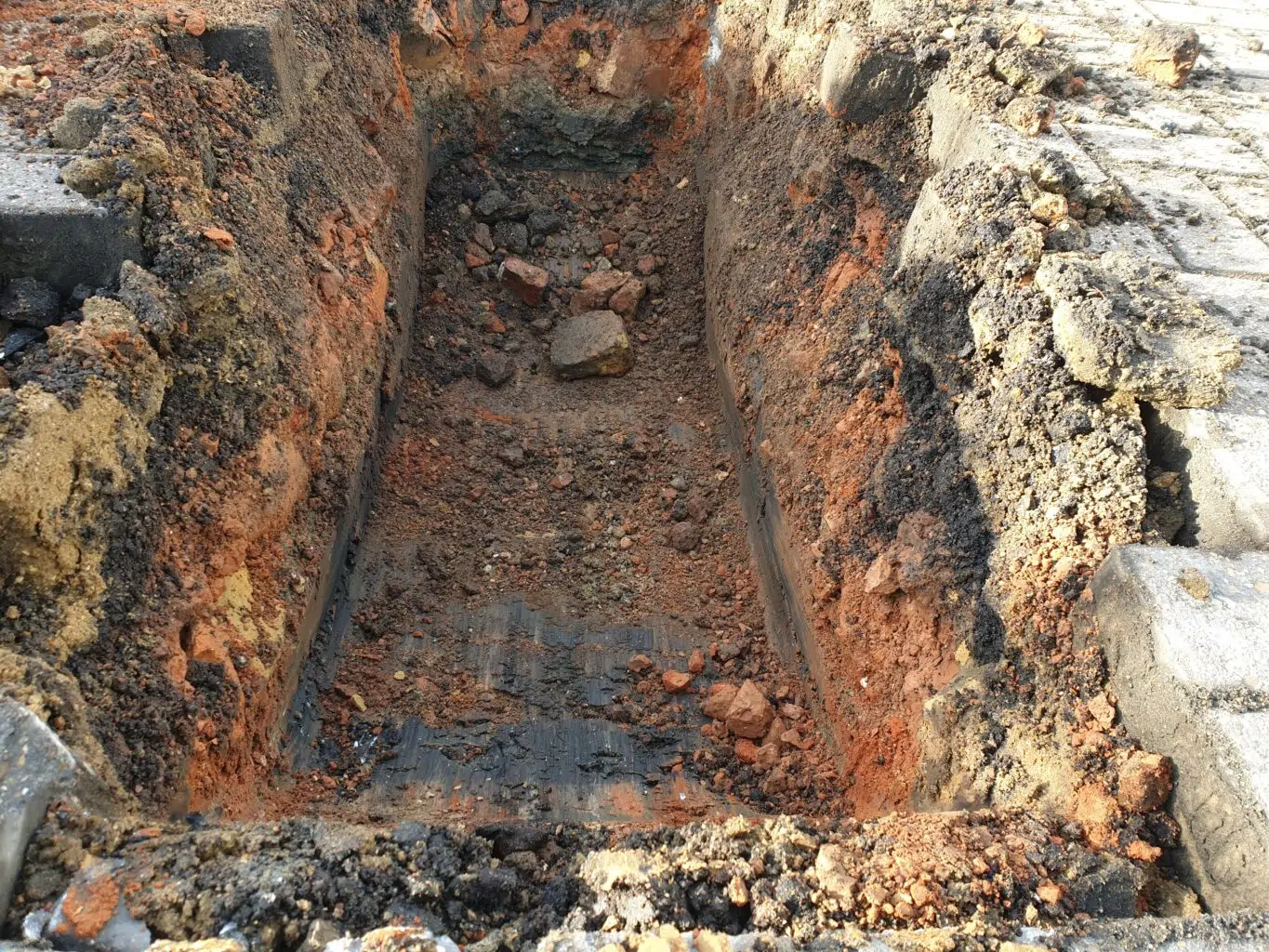
Lustre Consulting was appointed by WW Martin to conduct an environmental site assessments for the redevelopment of a site located within the Beechings Way Industrial Centre in Gillingham, Kent. The project involved the demolition of an existing industrial warehouse and the construction of the new MEMS Power Generation Headquarters.
Given the site’s industrial history, there was an increased risk of (historic) ground contamination affecting the neighbouring residential areas. To evaluate the contaminated land risks, both an initial Phase 1 Desk Study and the subsequent intrusive Phase 2 Site Investigation were undertaken by Lustre Consulting. These contaminated land survey reports were also required to discharge a planning condition and ensure compliance with UK and local environmental standards.
The Phase 1 Desk Study evaluate potential contamination risks based on the site’s history and environmental setting. This comprehensive desk-based assessment included:


This phase involved: The Phase 1 desktop survey report concluded that an intrusive Phase 2 Site Investigation was necessary to determine the contaminative status of the shallow soils and provide the information required to discharge the planning condition imposed by Medway Council. This phase of the site investigation work involved:
The insights from these land contaminated investigations allowed Lustre Consulting to demonstrate compliance with environmental standards, supporting MEMs Power Generation’s planning application to Medway Council. The reports provided the essential data to move forward with the project safely and compliantly, ultimately leading to approval for the site redevelopment.
The Phase 2 Site Investigation confirmed the presence of low-level contaminants in the shallow soils, likely resulting from the site’s industrial past. Although no immediate risks were identified that would prohibit development, the following measures were recommended:
The results of the Phase 2 Site Investigation, combined with the findings from the Phase 1 Desk Study, were compiled into a detailed site investigation report and submitted to the local planning authority. This report provided the necessary assurances to discharge the planning condition and allowed the project to proceed to the construction phase.
Lustre Consulting’s work ensured that MEMs Power Generation could move forward with their redevelopment plans in a safe and compliant manner. The project not only addressed environmental concerns but also contributed to the revitalisation of the site, paving the way for a modern warehouse and office space.
For more information on how Lustre Consulting can support your project with geoenvironmental and geotechnical solutions, please contact us today.
How we can protect your construction site from unnecessary delays and costs. If piling is part of your construction plans, a piling risk assessment could be a vital step to avoid potential problems that could disrupt your project, including: Piling risk assessments are now explicitly referenced within the Environment Agency’s Land Contamination Risk Management Guidance […]
How we can protect...
A surface water soakaway is used to capture then allow the infiltration and filtration of water runoff through a subsoil to the water table below. Your soakaway should provide sufficient short-term storage of surface water and allow the surface water to percolate into the surrounding ground. The National House-Building Council (NHBC) provides detailed guidance on […]
A surface water...
Working on a construction project can come with a long ‘to do’ list. Not only that, but you have to deal with the stress of navigating planning conditions as well as numerous building regulations. Acoustic issues don’t have to further complicate this process. Could an Acoustic Assessment be a requirement for your site? Of all […]
Working on a...
Contamination is not always something that can be seen; often contamination is invisible, buried below ground or is present in perfectly normal looking topsoil.
This is a question...